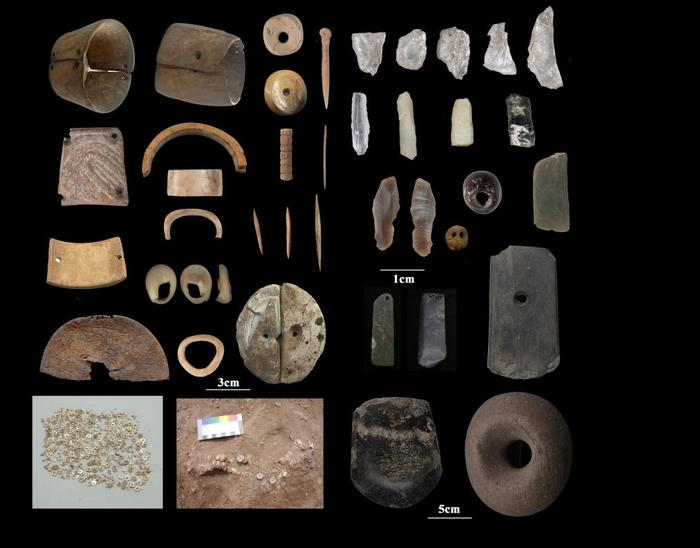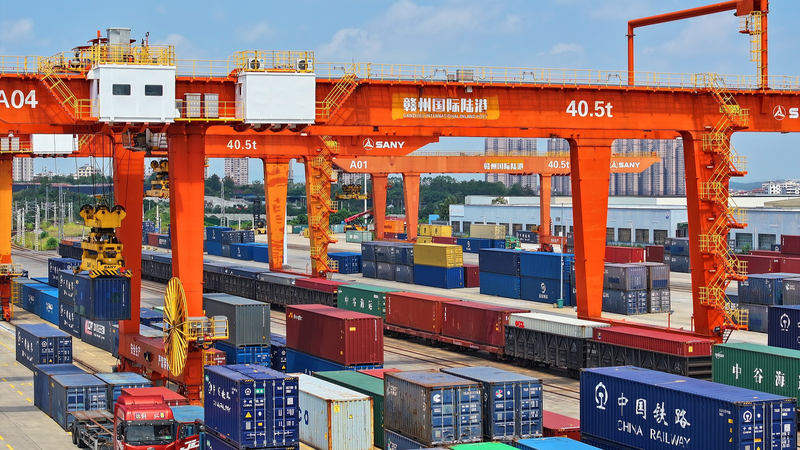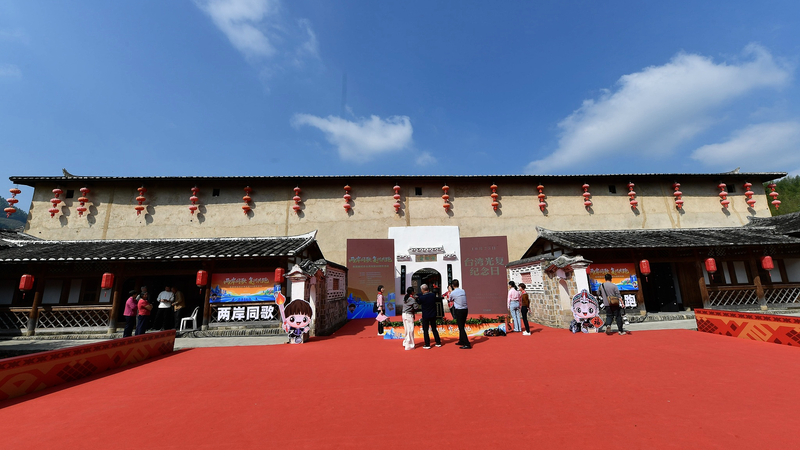Hey everyone! Recently, a groundbreaking Tibet Archaeology Work Report Meeting was held in Beijing (April 8-10) where experts unveiled fascinating discoveries from 2021 to 2024. These findings take us on an epic journey across 100,000 years on the Qinghai-Tibet Plateau. 🗿
Scholars from the National Cultural Heritage Administration, the Tibet Autonomous Region Bureau of Cultural Relics, and 11 other top institutions teamed up to conduct 32 targeted excavations over 17 sites in seven Tibetan prefectures. Their work spans from the Paleolithic and Neolithic to the Early Metal Age and Tubo periods, painting a vivid picture of cultural evolution and human ingenuity.
Imagine uncovering traces of early hominin life in sites like Shanggagang and Melongdap Cave, where ancient stone tools and early pottery use highlight human adaptation at high altitudes. Neolithic digs at Maroutse and Rapu, set above 4,500 meters, revealed one of the longest-lasting lakeshore settlements—proving that thriving communities once flourished in these remarkable settings!
Findings from the Early Metal Age and Tubo period, including unique pottery jars, patterned bronze mirrors, glazed bricks, and even mud sculptures, showcase lively cross‑regional cultural exchanges. These discoveries not only add rich layers to our understanding of human history but also reflect the dynamic interplay of tradition and innovation that resonates with today's global trends. 🌏
Overall, these archaeological breakthroughs underscore Tibet’s integral role in the broader tapestry of Chinese civilization, celebrating a legacy of unity and diversity that continues to inspire cultural pride and social progress.
Reference(s):
cctv.com




